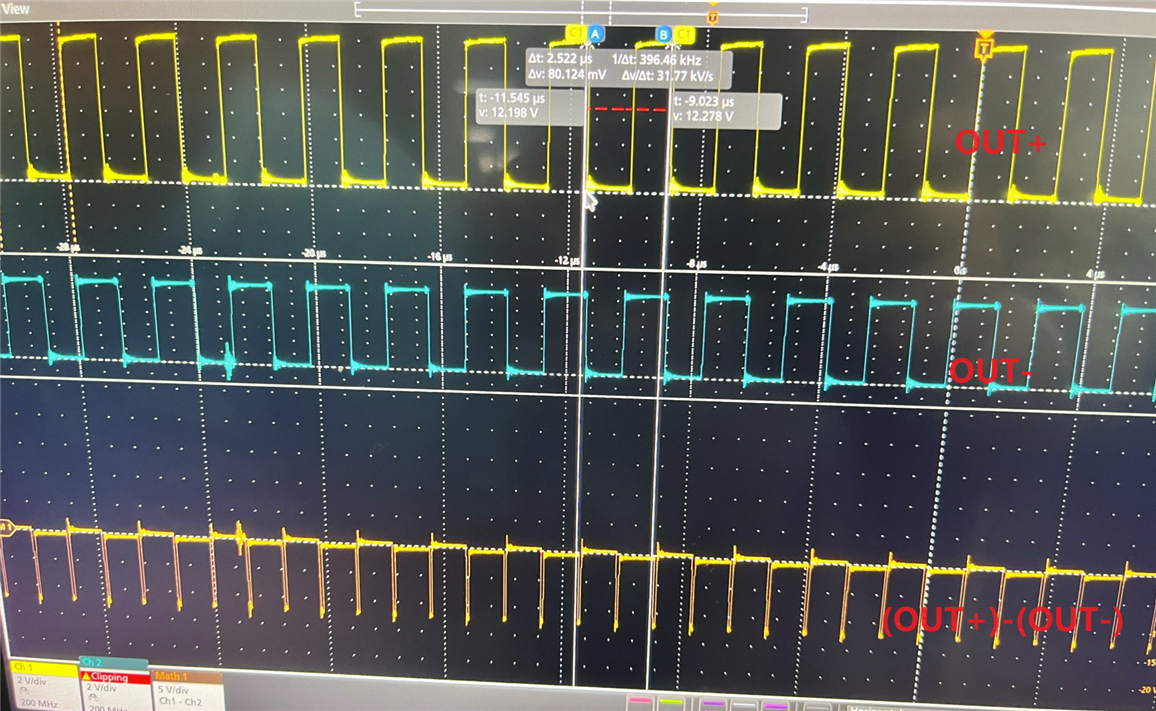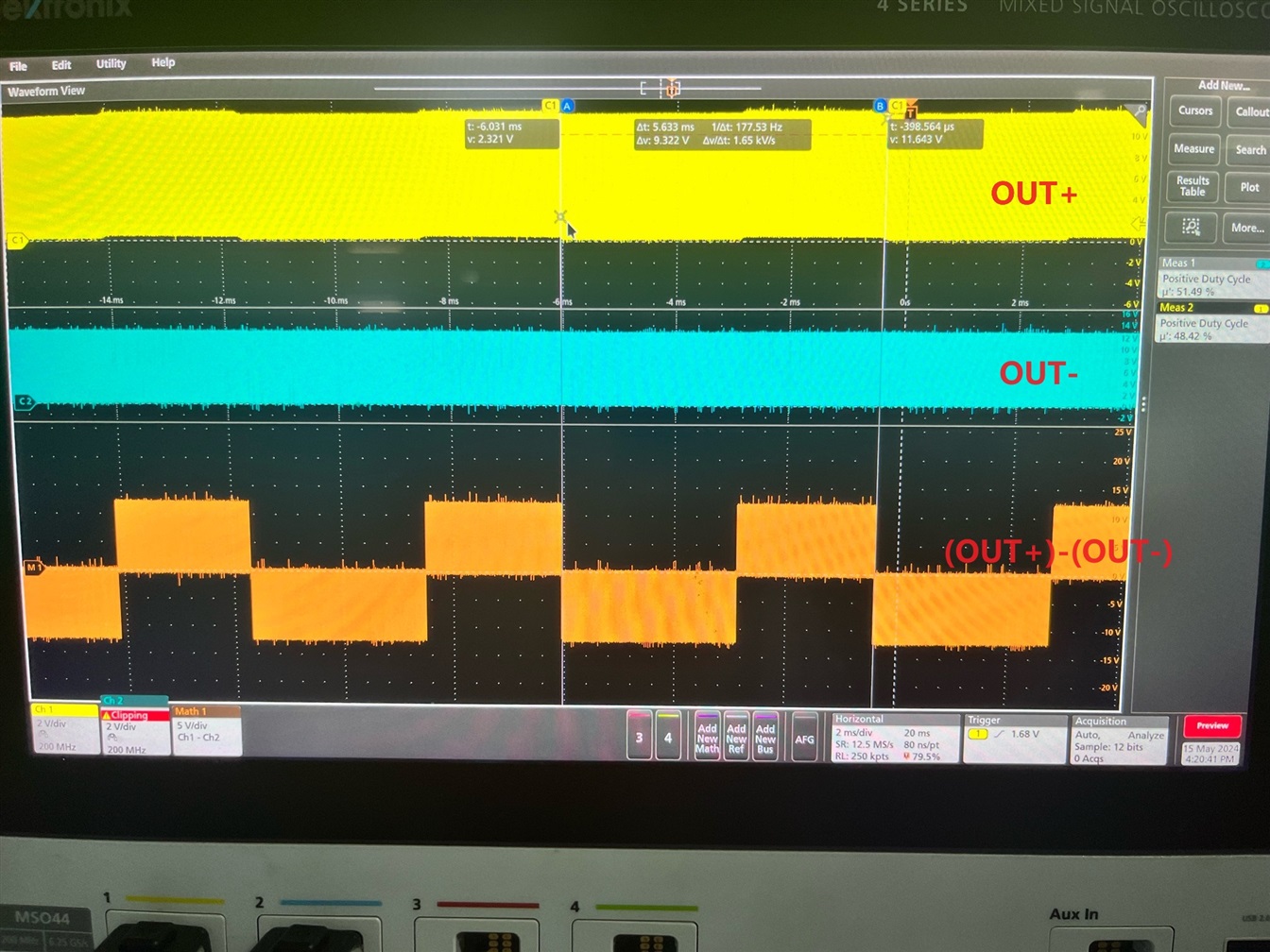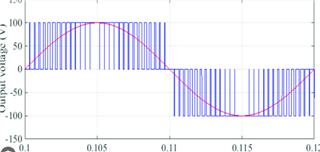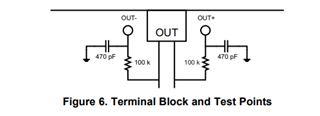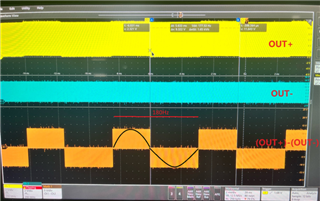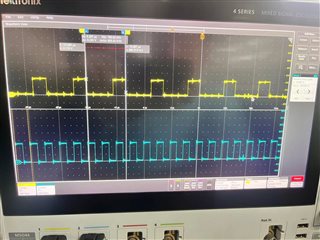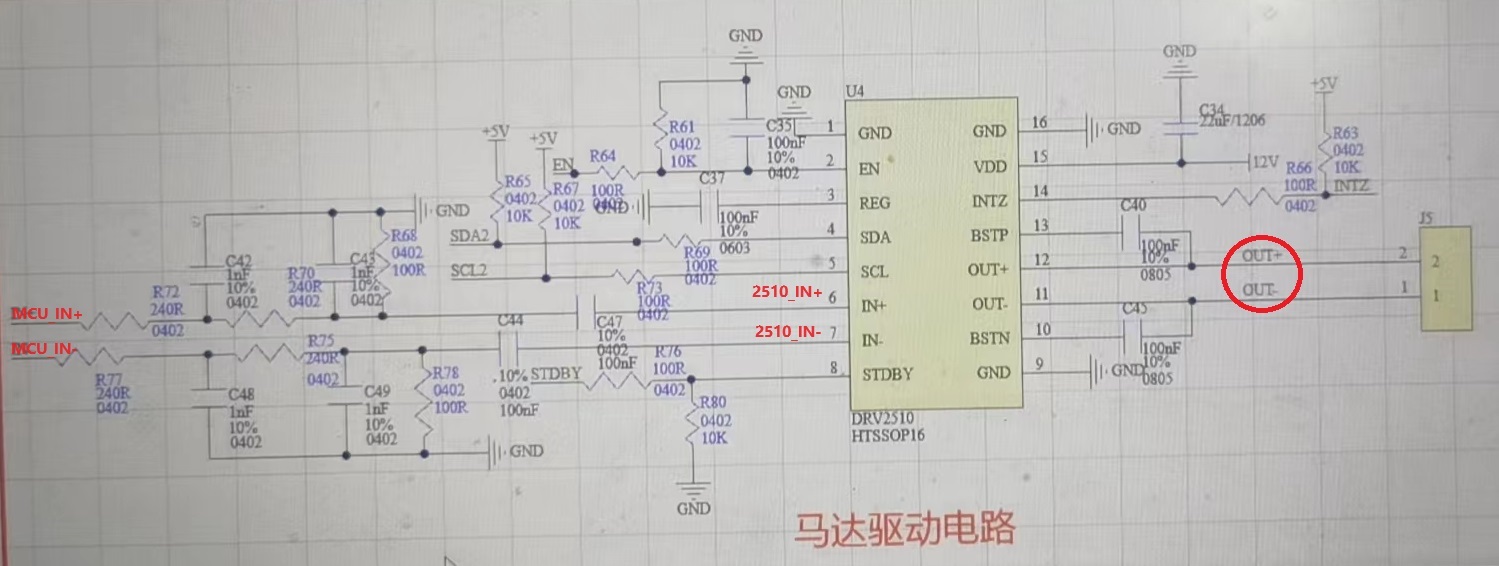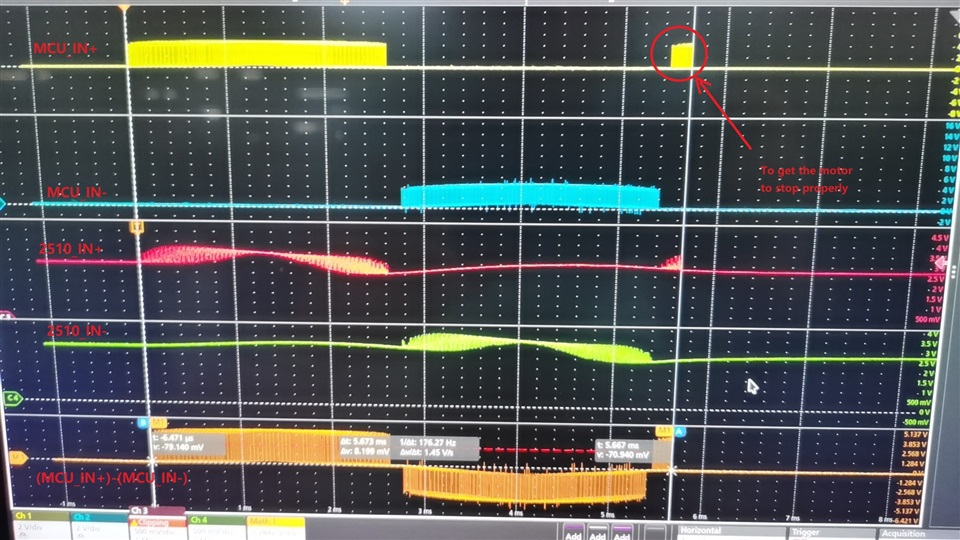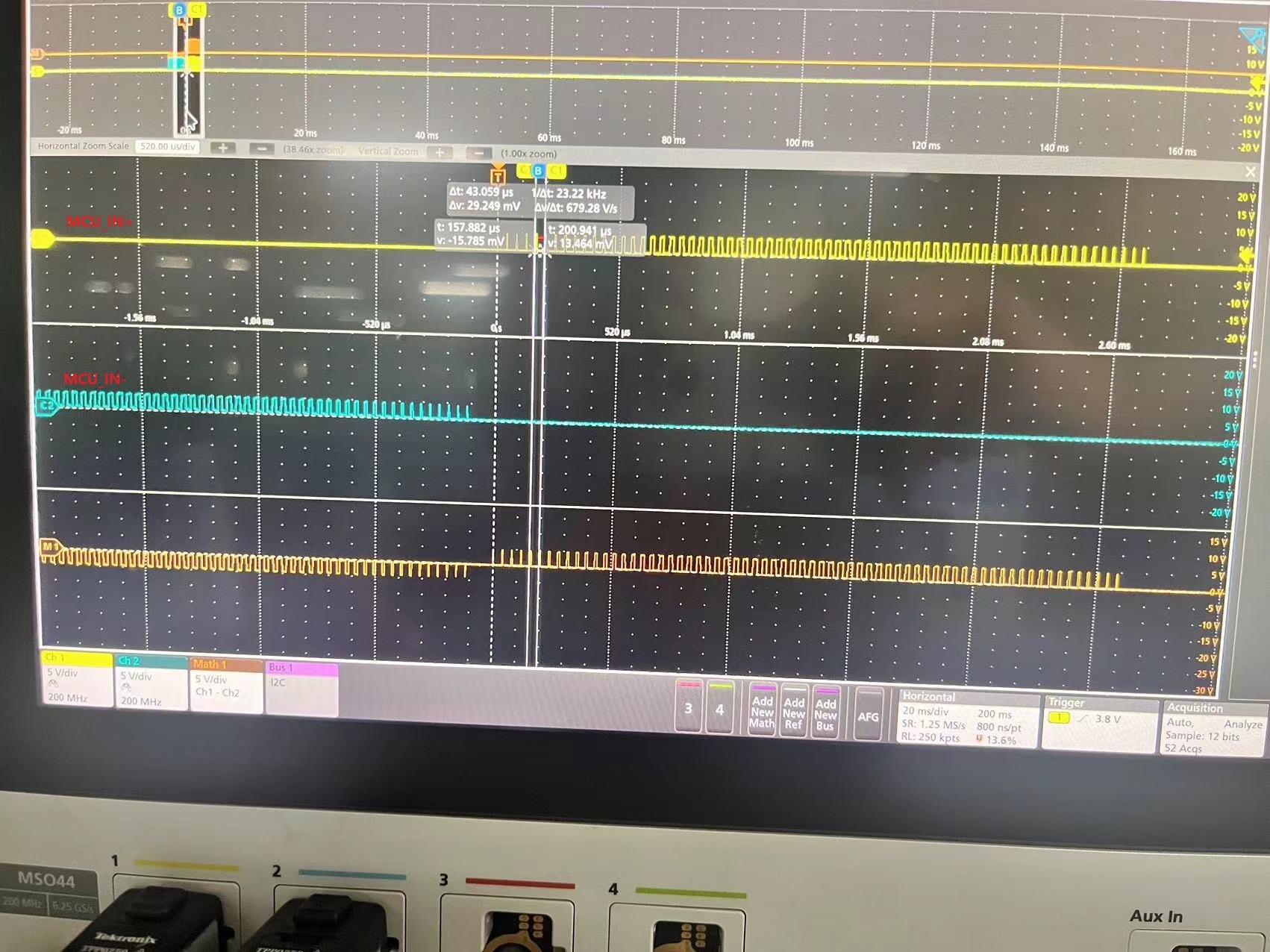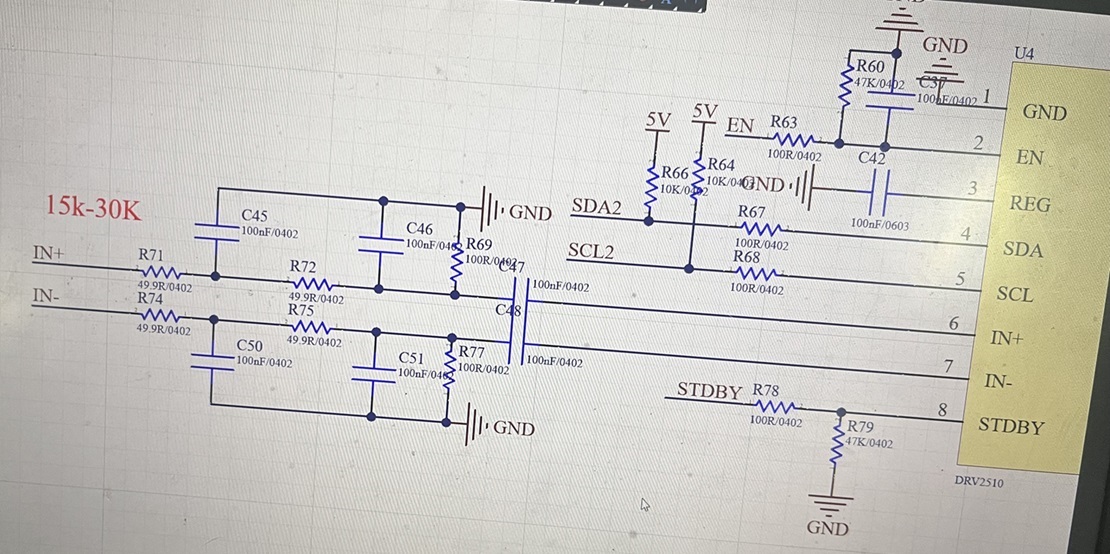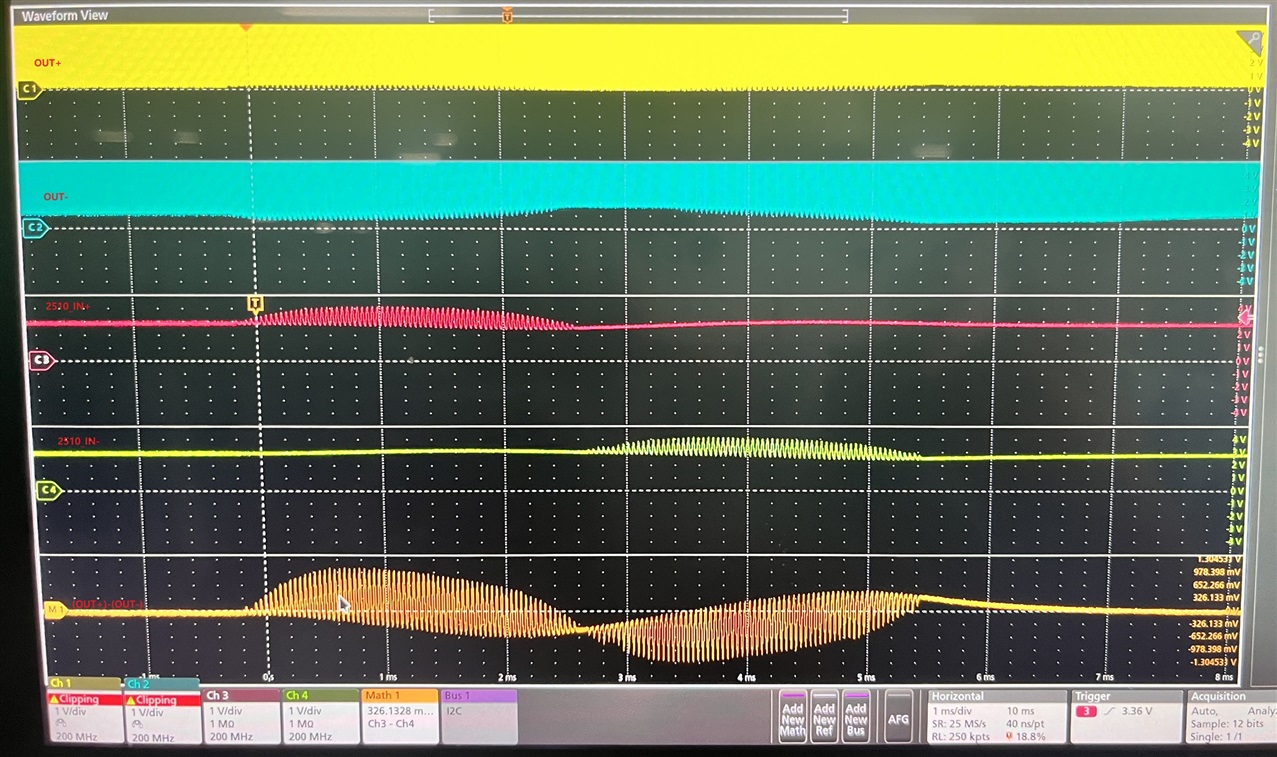Hi E2E,
We want to design a vibration motor application.
The motor requires a sine wave control signal of 160~200Hz 12Vrms.
Our schematic diagram is as follows:

We tried to configure 0x03 00h(20dB 400KHz) mode, but failed.
How should we configure the input PWM IN+/- from MCU 5V PWM? Is the LPF circuit need to be modified?
Best Regards


